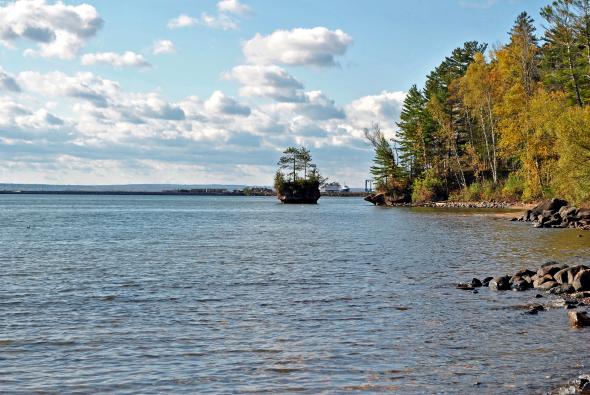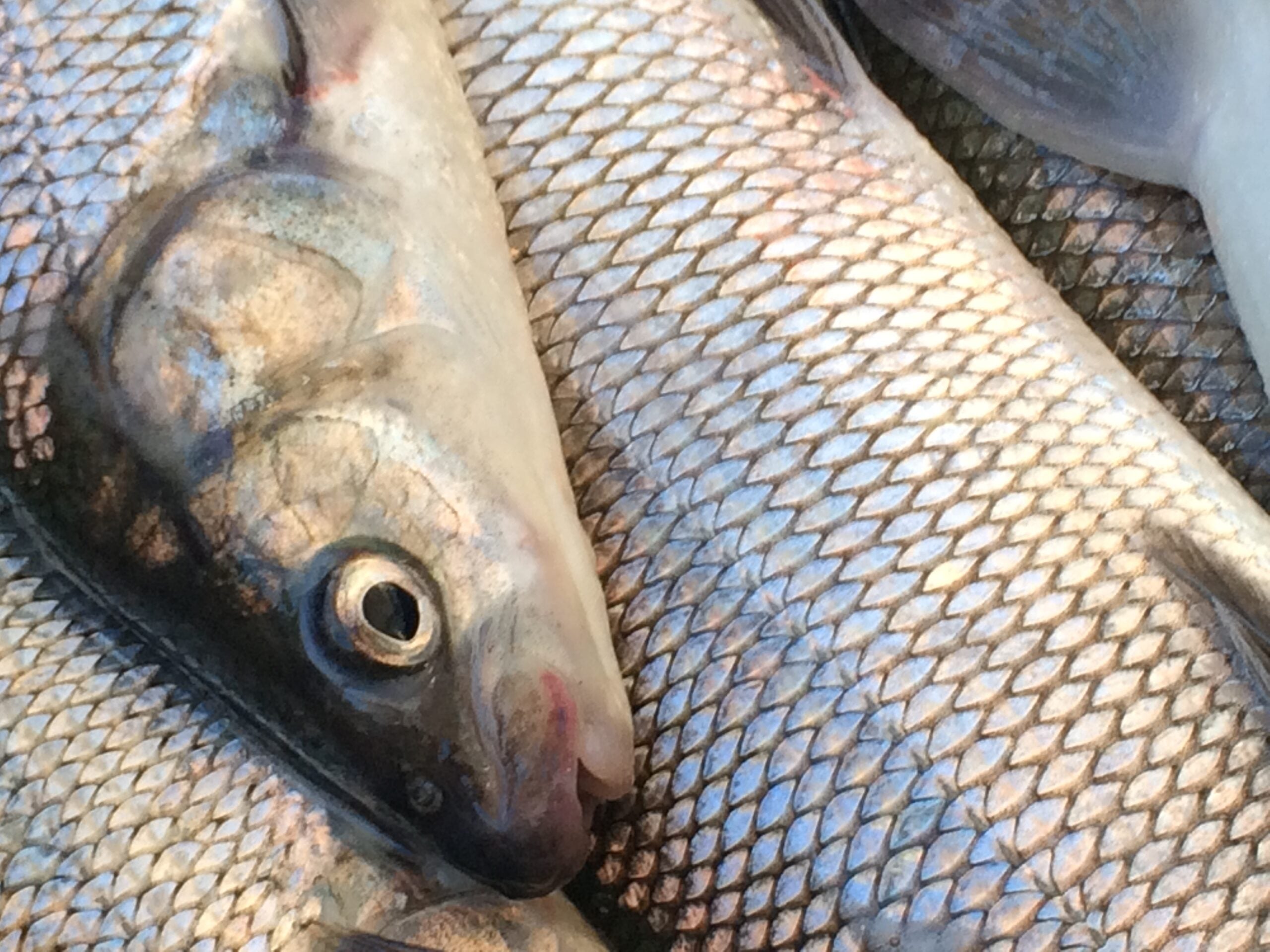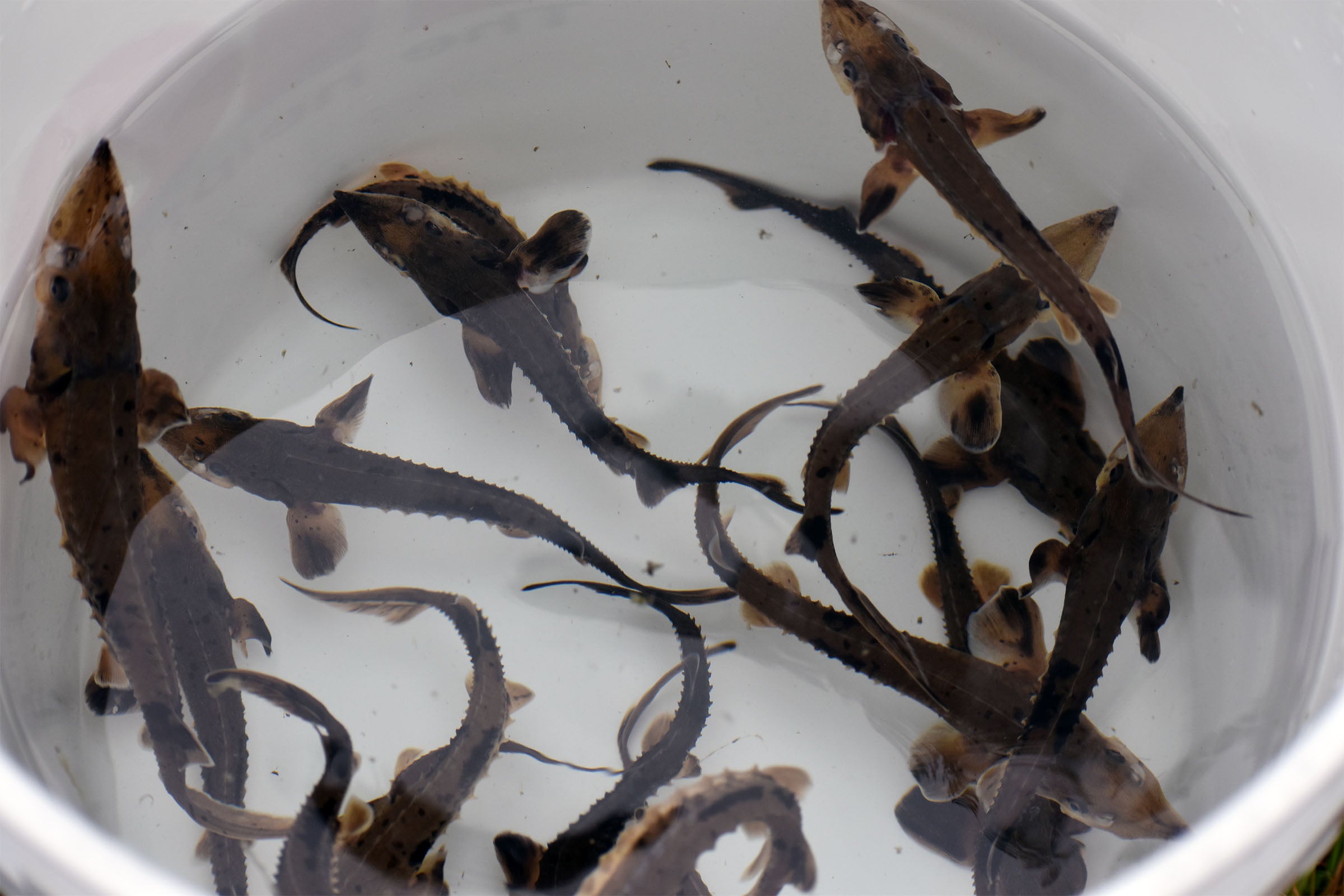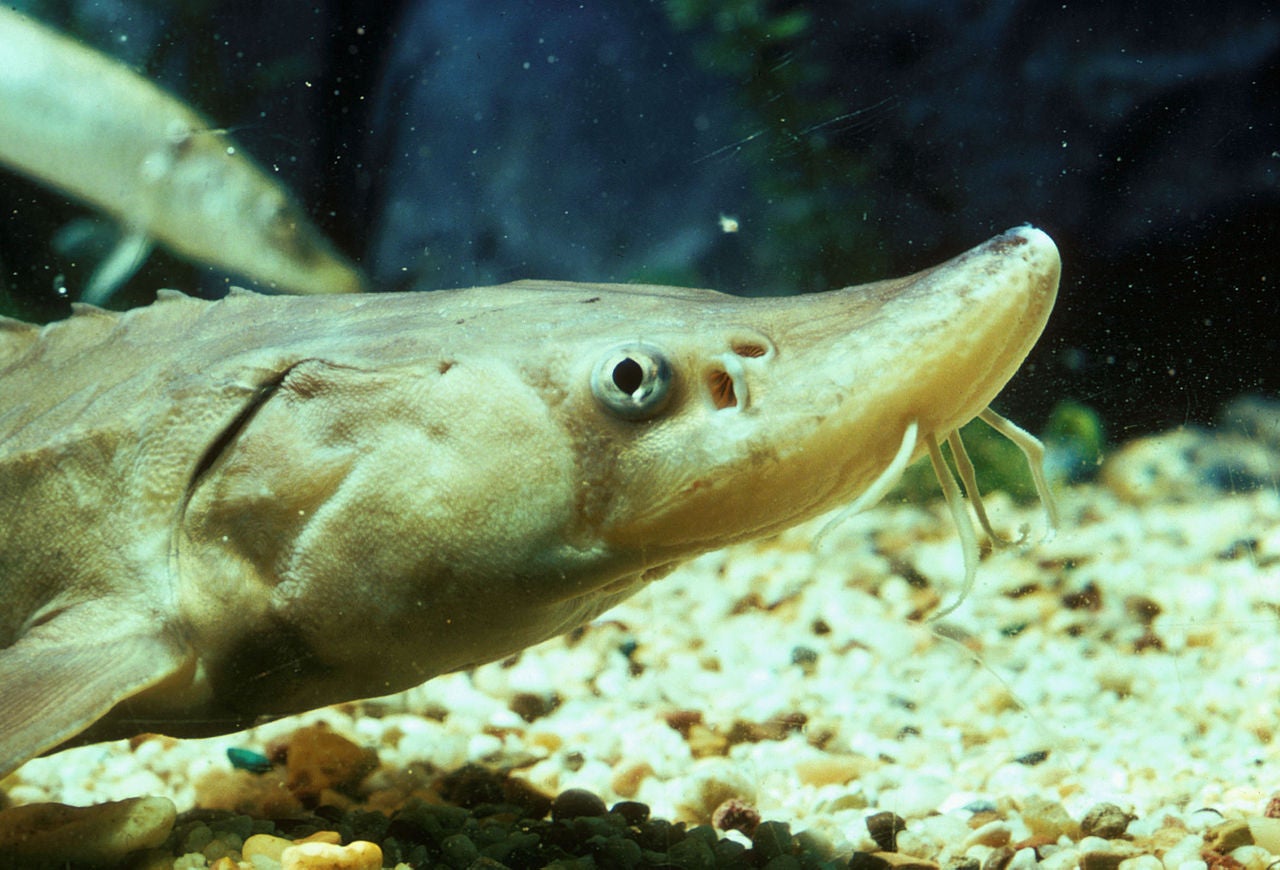A binational, multi-agency effort to survey declining lake sturgeon numbers in Lake Superior will begin in July.
Lake Superior held around half a million lake sturgeon before development, overfishing, hydropower construction and invasive species triggered a decline in population. Numbers are currently closer to 30,000, said Henry Quinlan, a fish biologist with the U.S. Fish and Wildlife Service office in Ashland.
The collaboration among more than 20 federal, state, tribal and Canadian agencies is part of a mass coordinated effort to restore lake sturgeon through the Cooperative Science Monitoring Initiative.
News with a little more humanity
WPR’s “Wisconsin Today” newsletter keeps you connected to the state you love without feeling overwhelmed. No paywall. No agenda. No corporate filter.
Agencies will net and tag the fish to track recovery at 20 locations across the lake, including the St. Louis River and Bad River and compare the data collected to the most recent survey conducted in 2011, Quinlan said.
“Sturgeon that are encountered in those nets, we gather biological data – their length, their weight,” he said. Researchers will take samples for genetic analysis of their fins to age the fish and look for sea lamprey wounds.
The U.S. Fish and Wildlife Service spearheaded an effort to develop a standardized method for sampling lake sturgeon. The agency received roughly $90,000 through Great Lakes Restoration Initiative funding to provide researchers with equipment this year.
It’s a unique partnership, said Tom Pratt, a research scientist with the Department of Fisheries and Oceans in Canada.
“And it probably wouldn’t happen for many species outside of something as iconic as the lake sturgeon,” Pratt said.
The goal is to create a self-sustaining population with around 1,500 adult sturgeon in areas where they’ve historically spawned, Quinlan said. The east end of Lake Superior on the Canadian side has a higher abundance of lake sturgeon, as well as the Bad River near Ashland, he said.
Lake sturgeon can take up to 25 years before they reach spawning age. The bottom-feeding fish is a native species of Lake Superior that helps promote a more stable fish community.
“It is one of very few free-flowing systems in the Great Lakes on a river of that size,” Quinlan said. “There are no dams or hydropower on the Bad River itself … the larger system does not have any change to its natural flow regime so the combination of those factors has probably allowed the Bad River lake sturgeon population to persist in larger numbers.”
The Goulais River in Canada contained about twice the fish surveyed as Bad River during the last assessment, according to Quinlan.
“(I’m) quite excited to understand where sturgeon are residing in the lake, seeing if we can identify some key habitat areas,” Pratt said. “We are targeting the juvenile life stage because it allows us to measure our progress more quickly than waiting for adults to return back to the spawning streams.”
Biologists with the Great Lakes Indian Fish and Wildlife Commission, Red Cliff and Bad River tribes, as well as the Wisconsin Department of Natural Resources will take part in the survey. Findings are expected sometime next spring.
Wisconsin Public Radio, © Copyright 2025, Board of Regents of the University of Wisconsin System and Wisconsin Educational Communications Board.





